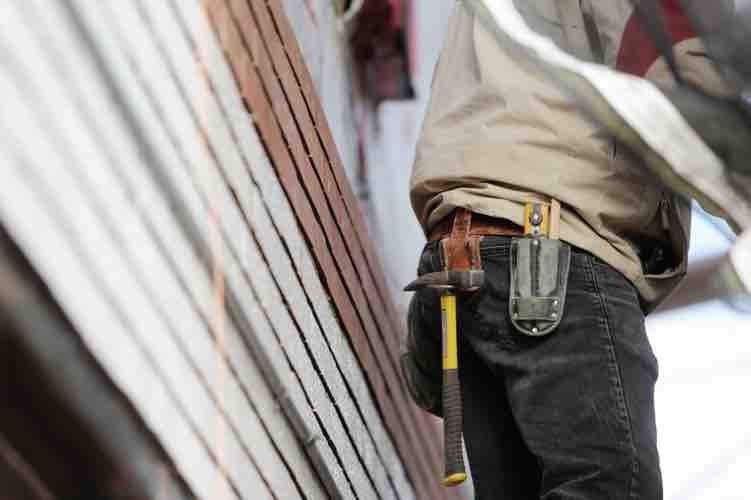
Future of Dreamers and Housing Inextricably Linked
In the midst of a labor shortage of nearly 20,000 construction workers in our area, the Dallas Builders Association is looking for young people to enter into an industry that desperately needs them. Much of our outreach has centered on our area’s vocational trade school programs. These are the same programs President Trump called to expand during last month’s State of the Union Address. They are also where about three in every four students are Dreamers otherwise known as eligible recipients of the Deferred Action for Childhood Arrivals program (DACA) whose status is very much in limbo ahead of President Trump’s March 5 deadline to end the program in the absence of Congressional action. Their future and the future of the housing industry are inextricably linked.
The average age of a skilled craftsman in Texas such as a carpenter is 49. The average welder is 55 and the average plumber is 56. Over the next five years, 20 percent of skilled craftsmen in our industry will retire. Who will replace them?
From touring area high school programs, the answer is clear. Many students who constitute the future of our industry arrived in the United States at a young age, and life here is all they’ve ever known. They are acquiring skills that, quite frankly, most American children are not interested in, are perfectly bilingual and are excited about a future in residential construction. I spoke recently with a local program instructor who told me he’s had to be as much of an advisor on work eligibility as he is for workforce training. Like all of us, he is short on answers unless Congress acts soon.
President Trump has rightly placed the responsibility for establishing a permanent solution for the program squarely in the hands of Congress where it belongs as well as taking necessary steps to secure the border. Congress needs to establish a constitutional and permanent fix to the DACA program quickly. Our industry’s future depends on it.
According to New American Economy, 90% of the 800,000 DACA-eligible working age population is employed and contributing $1.4 billion to federal taxes and $1.6 billion to state and local taxes. There’s potential for much more in the residential construction industry as the labor shortage alone is adding $5,000 and 2 months to every home built in the area, according to a recent survey of Dallas BA builder members. If you are building or remodeling a home or planning for one in the near future, you have a vested interest in this issue.
